Transforming spaces, empowering communities — creating liveable neighbourhoods for a better tomorrow
Access to Basic Services
Entitlement Support
Community Awareness
Improved habitat
Holistic Area Development
Access to Basic Services
Entitlement Support
Community Awareness
Improved habitat
Holistic Area Development
Saath Charitable Trust adopts an Integrated Area Development approach to ensure the holistic transformation of urban poor communities. This model addresses multiple, interconnected aspects of deprivation—livelihood, health, education, housing, infrastructure, and governance—within a defined geographic area. By working closely with local residents, community leaders, and government agencies, Saath ensures that interventions are need-based, participatory, and sustainable. The approach focuses on empowering communities to take ownership of their development through capacity building, access to services, and creation of inclusive platforms. Over time, this has helped transform underserved neighborhoods into vibrant, self-reliant communities.
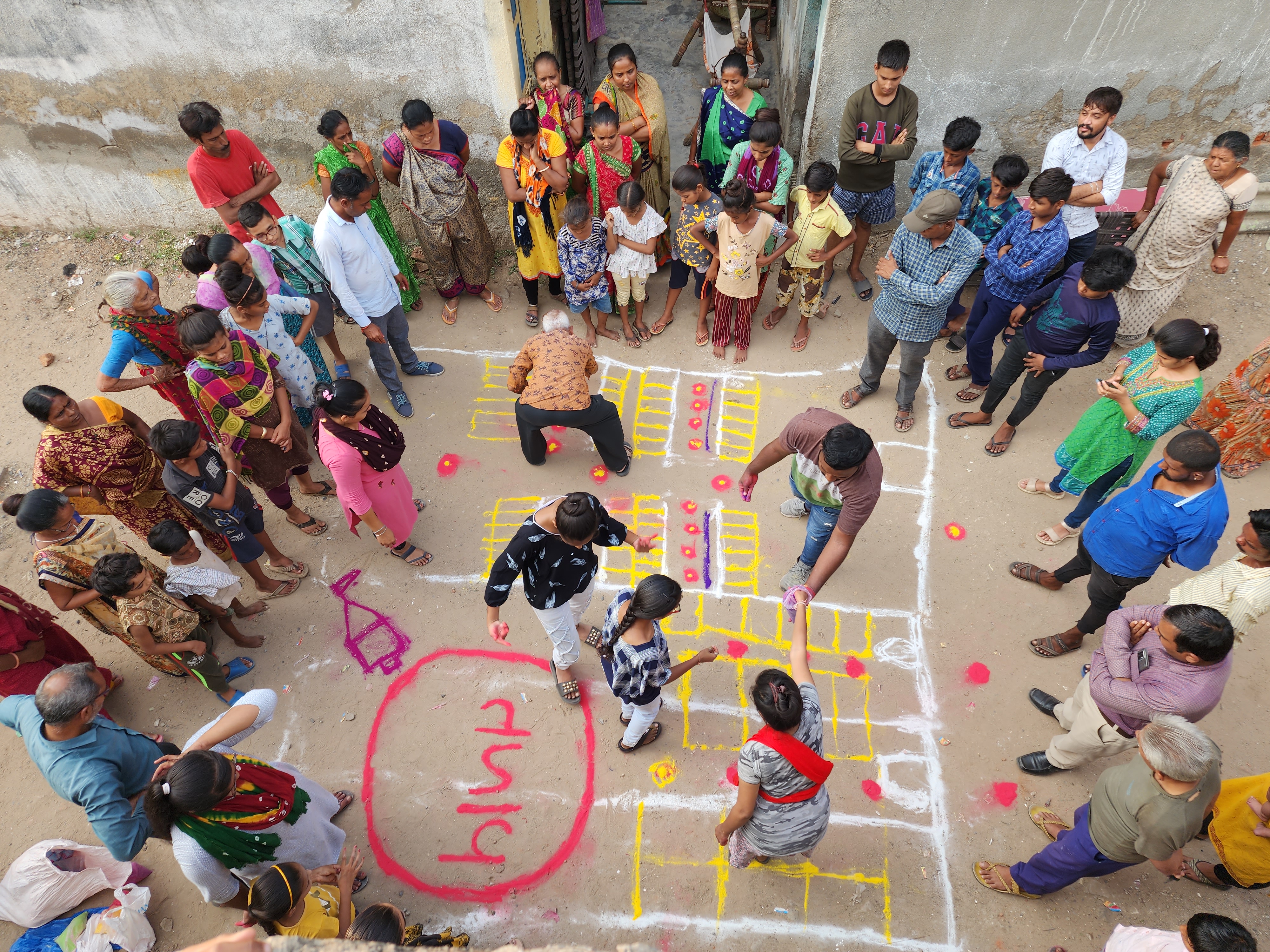
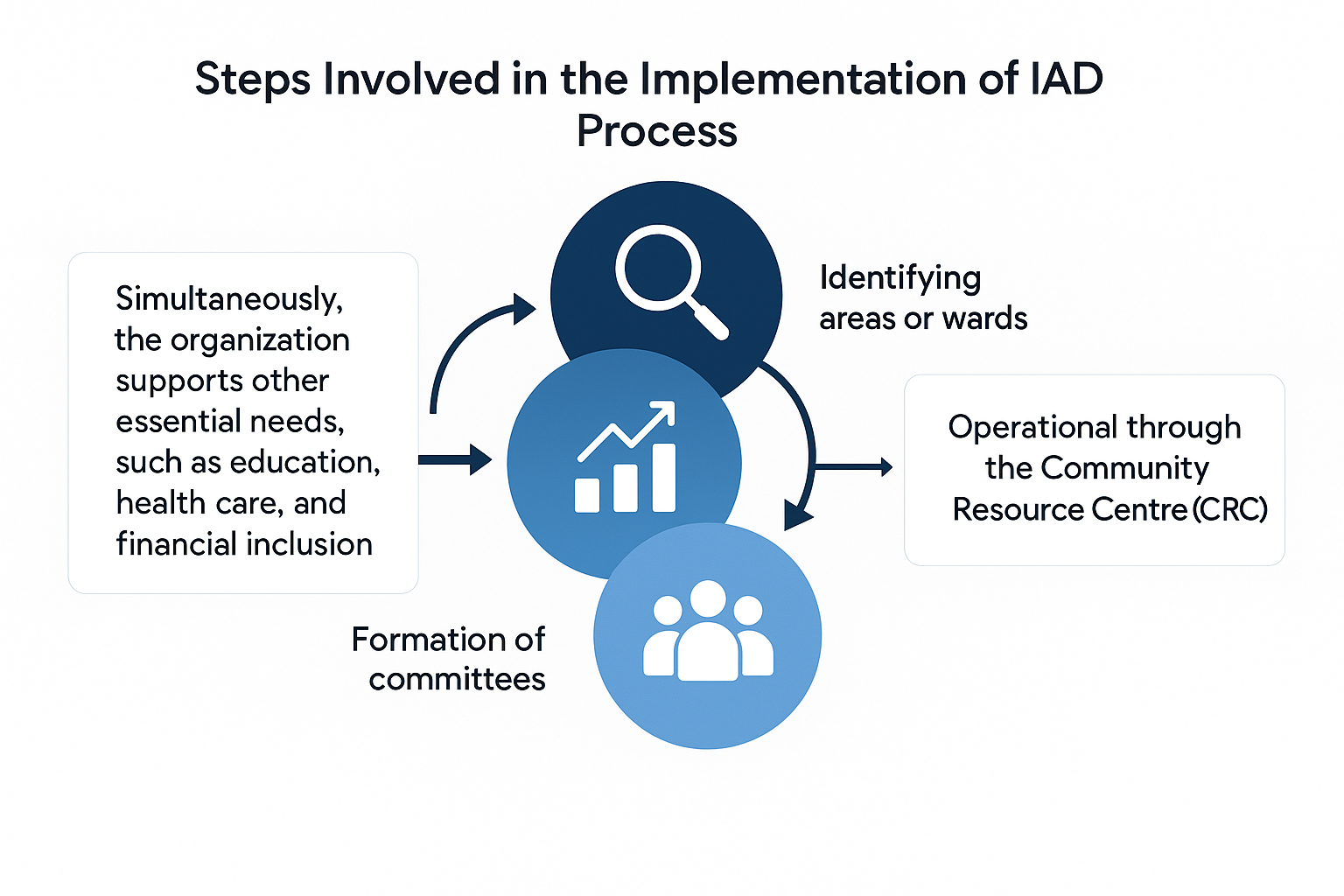
The Integrated Area Development (IAD) is a pioneering model of urban transformation that evolved from Slum Networking Project implemented in Ahmedabad. The model redefines slum development by treating residents as empowered partners, not passive recipients of aid.
IAD is built on a collaborative approach, involving the municipality, local communities, NGOs, and the corporate sector. Each stakeholder contributes—municipalities provide basic infrastructure, communities ensure implementation and maintenance, NGOs act as facilitators, and corporates offer support through CSR.
This inclusive model strengthens mutual trust and encourages slum dwellers to actively participate in shaping their own future. In return for stability and respect, residents contribute time, effort, and resources to improve their living conditions.
Unlike conventional approaches, IAD extends beyond infrastructure—investing in education, health, and governance participation to support holistic development and community resilience.
It aims to build not just better homes, but stronger communities with dignity, self-reliance, and a sense of ownership, ensuring long-term sustainability and social equity in urban development.
IAD stands as a successful example of co-creation, where slum improvement becomes a shared mission—uplifting lives while strengthening the fabric of the entire city.
Focusses on initiation, action, and empowerment with the key deliverables like setting up of an Urban Resource Centre, preparing participatory plans to improve the physical and social infrastructure of the area.
Focusses on understanding of the stakeholders, upscaling of the program in different areas, and deep diving into the complex problems that are time consuming like working on land rights, climate change problems etc.
Focusses on policy change and replication of the program to other areas.
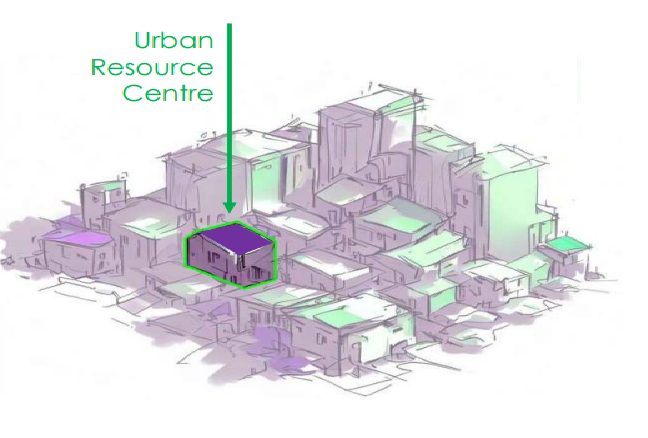
At Saath, we’ve always believed that development must be inclusive—and that means centering the lives and voices of those who are often left out. Most marginalized communities, especially those living in slums or slum-like conditions, face persistent challenges: poor environmental quality, inadequate infrastructure, limited access to services, social exclusion, and insecurity. These aren’t just issues—they are barriers to living a life of dignity and opportunity.
From the beginning, our commitment has been clear: to create platforms and provide meaningful support so that the marginalized urban communities can access the services, recognition, and security they deserve.
Our Urban Resource Centre is one such approach to ensure that we are committed to our objective and available for the people from the community to provide assistance
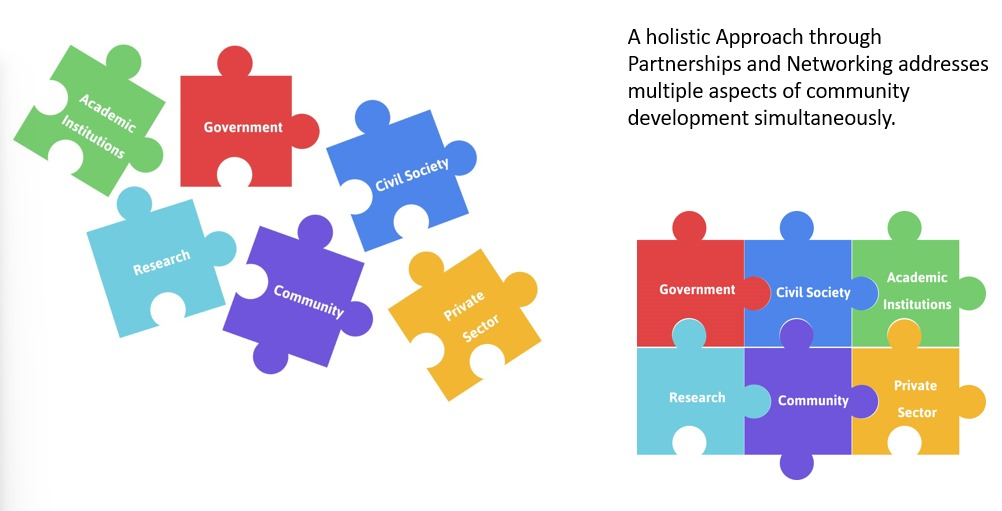
Saath Charitable Trust believes that true transformation in urban poor communities stems from collaboration, not charity. Their area-based development model involves partnerships with governments, NGOs, communities, and the private sector.
The Slum Networking Project (SNP) in Ahmedabad is a prime example of this model. By combining efforts from the Ahmedabad Municipal Corporation, residents, NGOs, and CSR groups, the initiative focused on infrastructure and community empowerment. Residents became active contributors, shifting from welfare recipients to stakeholders.
Building on SNP's success, Saath initiated the Vatva Area Development Alliance (VADA), a network of 25 NGOs working together to tackle complex urban issues like water, sanitation, drainage, and early childhood care through Anganwadis and mobile services.
Through trust, shared responsibility, and local governance engagement, Saath helps turn marginalized areas into resilient, inclusive, and dignified communities with real opportunities for all.

Settlements upgraded
Urban communities transformed

Residents impacted
Basic services ensured

People served at medical camps

Infrastructure applications submitted

Budget allocated for infrastructure

Community leaders

People reacheds
Through documents & entitlements



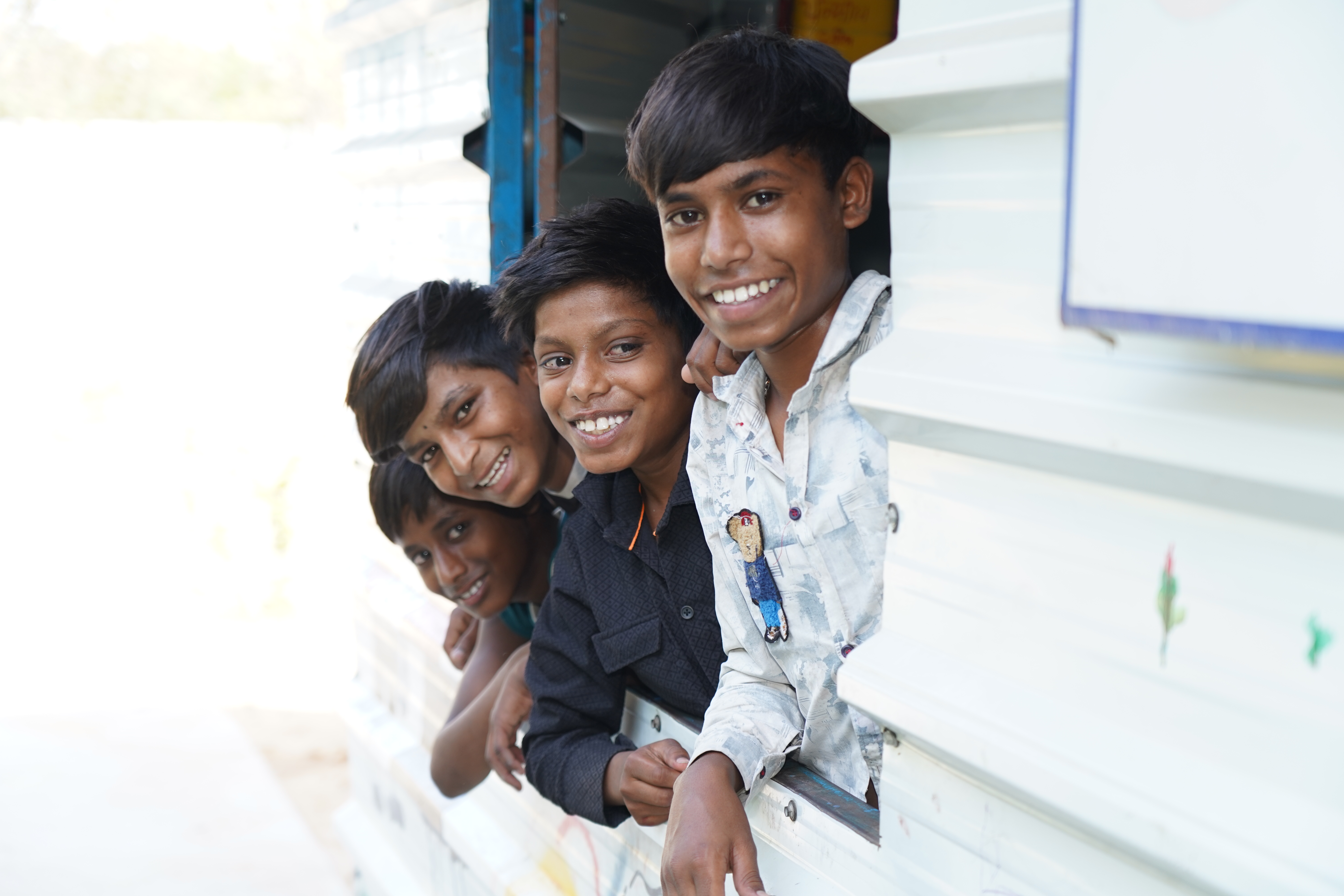

Development is an aspiration shared by all communities, yet for areas like Vatva and its surroundings, this remains a distant reality. These areas, recently integrated into the Ahmedabad Municipal Corporation limits, are marked by poor environmental quality, informal settlements, low income levels, social marginalization, inadequate infrastructure, and weak connectivity to the larger urban fabric. The neglect of these localities in formal planning and service delivery has resulted in systemic underdevelopment. Saath recognizes the urgent need for a targeted, inclusive, and participatory approach to reverse this neglect and ensure dignified urban living.
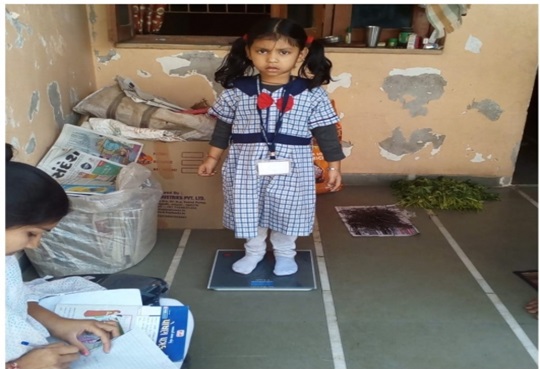
Misaal Program aimed to improve sanitation conditions in slum communities across Ahmedabad and Porbandar, with a focused effort to eliminate open defecation. Launched in 2019 and concluded in 2021, the program provided both sanitation infrastructure and the necessary training to ensure sustained improvements.
As part of the initiative, Saath created detailed profiles of slum households, public toilets, and school sanitation facilities across 40 settlements. A key strength of the program was its participatory approach—community members were actively involved through structured trainings and inclusive decision-making processes that empowered them to take ownership of sanitation solutions.
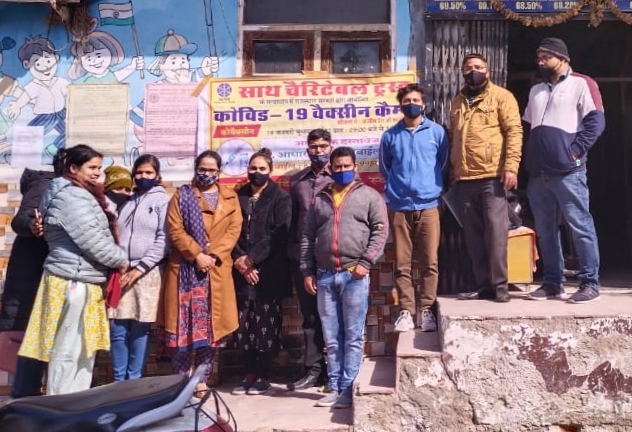
Grih Pravesh (GP) was a pioneering social enterprise initiated by Saath Charitable Trust to promote awareness and access to affordable housing for low-income families. The program played a vital role in bridging the gap between home-seekers and the affordable housing ecosystem by offering end-to-end guidance and facilitation. The program operated in Ahmedabad, Vadodara, Kalyan, Jaipur, and Varanasi, reaching nearly 60,000 people. It established partnerships with around 40 developers and 9 Housing Finance Companies. Through Griha Pravesh, 3,500 people from marginalized communities were able to purchase a house.